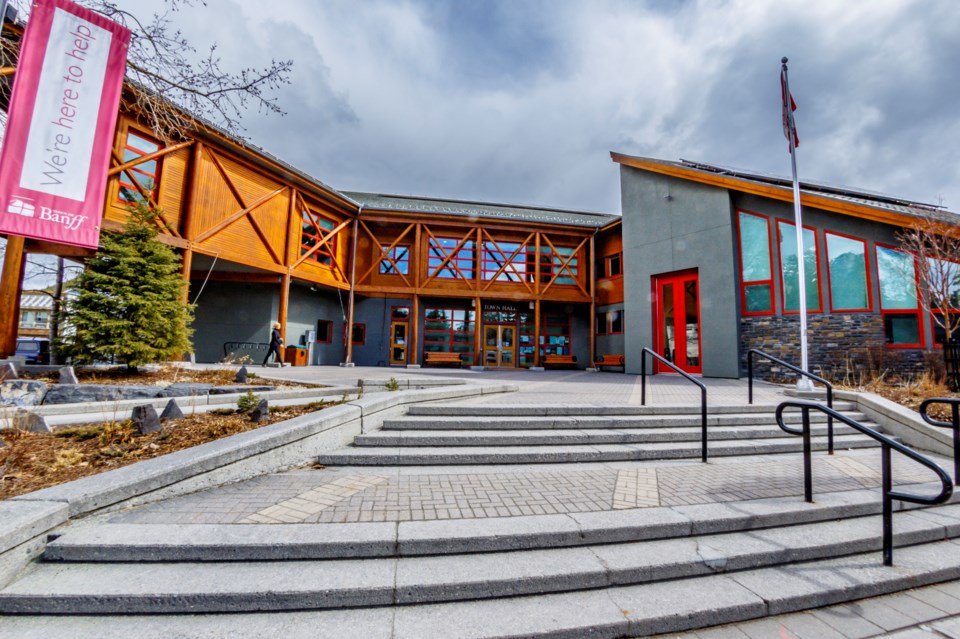BANFF – Banff town council has tried to find a middle ground in the tax rate bylaw following an outcry from hoteliers concerned about the tax burden shifting to them.
In passing the tax rate bylaw Monday (April 22), council unanimously changed the amended tax rate split of 5:1 to 4.6:1, meaning a commercial property would pay 4.6 times the tax a residential property would pay for every dollar of assessed property value.
“This is to address the concern we heard from the businesses about the impacts of a 5:1 mill rate split on them in light of the rapid increase in their assessed value,” said Coun. Chip Olver.
“I thought a way of dealing with it was to take the average of what administration had initially recommended (4.3:1) and the 5:1 and this is the number I came up with.”
The overall tax levy – which includes municipal taxes, provincial education taxes and Bow Valley Regional Housing levy – is increasing by 12.1 per cent to $35.7 million from $31.8 million in 2023.
Based on a 4.6673:1 split, the average residential property would see an overall tax increase of 6.33 per cent and the average hotel would see an increase of 40.79 per cent.
Coun. Hugh Pettigrew, who originally pushed for the 5:1 tax split because of his concerns about high taxes for residents, voted in favour of the new split.
“I’ve heard an earful as well for this 5:1,” he said, suggesting part of the answer may lie in tightening the belt during budgets.
Banff & Lake Louise Hospitality Association (BLLHA) had taken aim at earlier comments made by Coun. Grant Canning during first reading of the tax rate bylaw on April 8 about residential taxpayers bearing the brunt of the tax burden during the COVID-19 pandemic when revenues were decimated for hotels.
Canning defended his comments as true, pulling quotes from a 2022 Outlook article in which he indicated it was reasonable for the residential sector to cover for the commercial sector, particularly hotels, during the height of the pandemic, but the pendulum would swing back the other way at some point.
“That’s what I said two years ago and that’s what I still feel today,” he said, but he added he would support the 4.6:1 amended tax rate split in an effort to strike a reasonable balance.
“I do understand there is still the recovery mode going on, and I think we’re not completely there yet, but in my mind, there is no question that recovery is happening, particularly within this sector.”
Coun. Barb Pelham said when she supported a 5:1 split on April 8, she believed it was a middle ground rather than a big leap between the 2023 tax split and administration’s recommendation of 4.3:1 to equalize the annual percentage increase in the municipal portion of the tax levy between residential and non-residential properties per the municipality’s financial plan.
She said there had been no public input on the tax rate bylaw ahead of first reading, adding she believed the 5:1 was a win by meeting the provincial government’s mill rate cap before the 2027 deadline.
“I just want to let that sector and residents know that we are listening and we are trying to find that sweet spot,” said Pelham.
“I think we can chat further in July when we’re talking about the financial plan and I think that is going be the key time to set the stage for next year’s budget and potential mill rate split.”
BLLHA was unavailable for comment before deadline.




